How to calculate 1500 meters laps in a 25m pool? Understanding how many laps is 1500 meters swimming is essential for anyone training in the pool. Whether you’re preparing for a competition, tracking your fitness progress, or simply trying to improve endurance, knowing this conversion helps you plan your workout effectively. The answer depends on the size of the pool—specifically whether it’s measured in meters or yards and how long each lap is.
Moreover, confusion often arises because pools come in different lengths. For example, most competitive events use either a 25-meter or 50-meter pool. Meanwhile, many gyms in the United States have 25-yard pools. Therefore, the number of laps needed to complete 1500 meters varies significantly across facilities. As a result, swimmers must adjust their counting based on the pool they’re using.
Therefore, answering the question “how many laps is 1500 meters swimming” involves more than just math. It requires knowledge of pool dimensions, terminology, and personal goals. This guide will break down all these factors so you can confidently track your swims and reach your targets.
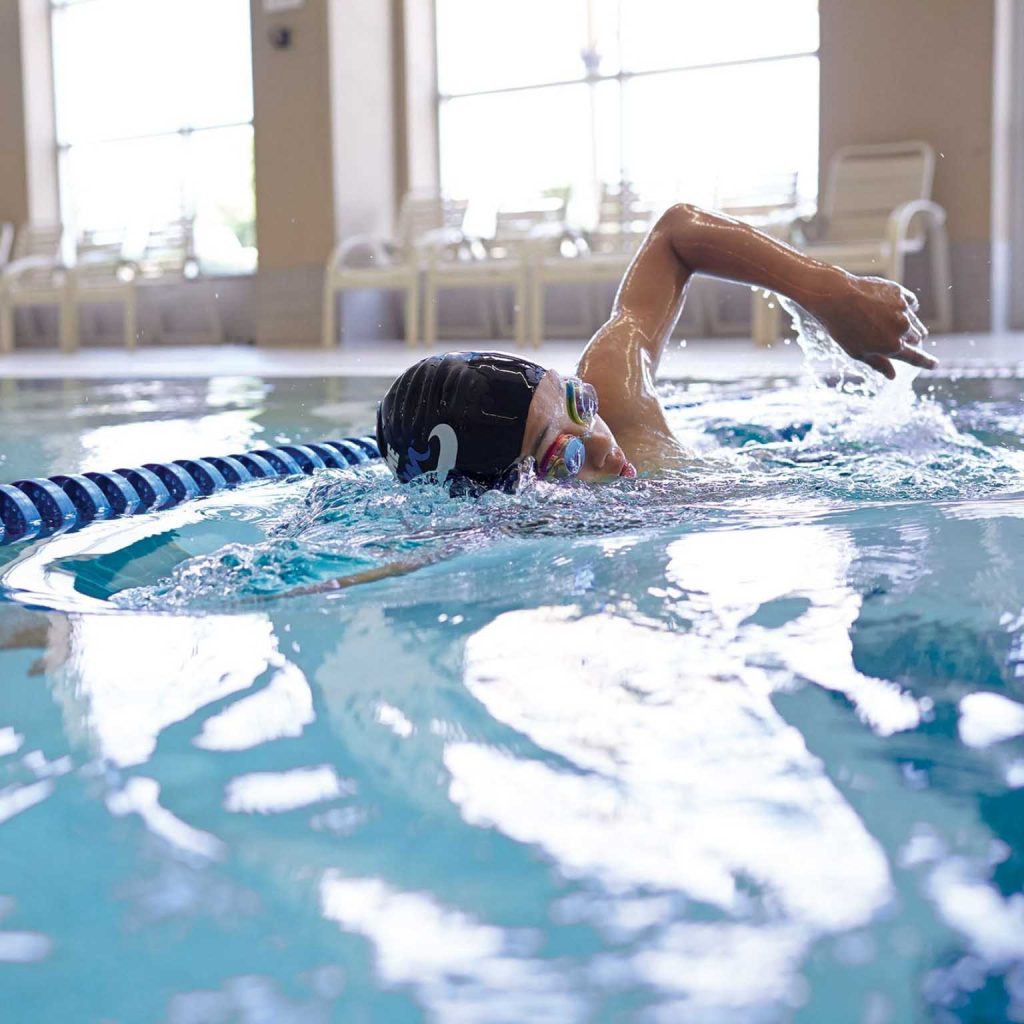 Understanding Pool Lengths and Their Impact on Lap Count
Understanding Pool Lengths and Their Impact on Lap Count
Pool length directly affects how many laps is 1500 meters swimming. First, consider a short course meter (SCM) pool. These are 25 meters long. In this case, one length equals 25 meters. To swim 1500 meters, you need to complete 60 lengths. Since some count a lap as down and back, that would be 30 laps.
Second, look at a long course meter (LCM) pool. These measure 50 meters per length. They are used in Olympic competitions. Here, 1500 meters equals 30 lengths. If counting round trips, it’s 15 laps. This format reduces turn frequency and changes pacing strategy.
Third, many U.S. pools are measured in yards, not meters. A standard short course yard (SCY) pool is 25 yards long. However, 1500 meters is about 1640 yards. So, in a 25-yard pool, you’d need to swim 65.6 lengths. That means 66 full lengths to exceed the distance. If counting laps as round trips, that’s 33 laps.
Fourth, rare pools may be 20 meters or 33.3 meters long. These are less common but still exist. In a 20-meter pool, 1500 meters requires 75 lengths. In a 33.3-meter pool, it’s roughly 45 lengths.
Fifth, always confirm the pool length before starting. Signs are usually posted at the edge. If unsure, ask staff or observe lane markers. Misjudging by even 5 meters per lap leads to large errors over time.
Sixth, digital counters and apps can help. Some swimmers use waterproof watches that track distance automatically. Others rely on wall-mounted counters or mental tallies.
Seventh, consistency matters. Stick to one method of counting throughout your swim. Switching between lengths and laps causes confusion.
By understanding your pool’s dimensions, you avoid miscalculations and ensure accurate training.
Defining What Counts as a Lap in Competitive and Recreational Settings
The definition of a lap influences how many laps is 1500 meters swimming. First, in competitive swimming, a lap often refers to one length of the pool. For instance, in a 50-meter pool, swimming 1500 meters means 30 lengths. Officials and coaches typically use this standard during races.
Second, in recreational settings, many people think of a lap as going down and back. That means two lengths equal one lap. Under this system, 1500 meters in a 25-meter pool becomes 30 laps instead of 60 lengths.
Third, language differences add complexity. Outside the U.S., “lap” usually means one way. Inside the U.S., especially in gyms, it often means a round trip. Therefore, communication is key when joining group workouts or reading training plans.
Fourth, swim programs and apps vary in their definitions. Some automatically convert distance based on pool size. Others require you to input whether you’re counting lengths or laps.
Fifth, consistency with your training log matters. If you record laps one day and lengths the next, your data becomes unreliable. Choose one method and stick with it.
Sixth, when following a coach’s instructions, clarify their meaning. Ask if “10 laps” means 10 lengths or 10 round trips. This prevents misunderstandings and ensures proper effort.
Seventh, use visual cues. Place a small object at the corner of your lane to mark completed sets. Or mentally divide your swim into segments like every 5 laps.
Ultimately, defining what counts as a lap removes guesswork. Once you establish your system, tracking 1500 meters becomes straightforward and reliable.
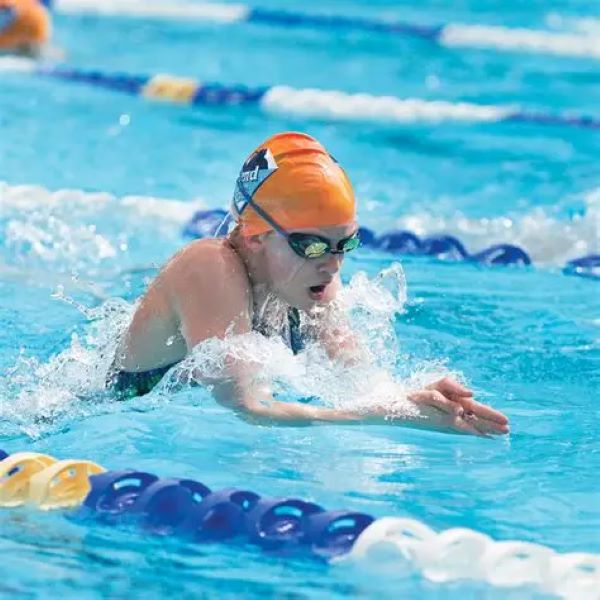 Training Tips for Completing 1500 Meters Successfully
Training Tips for Completing 1500 Meters Successfully
Swimming 1500 meters is challenging but achievable with proper preparation. First, build endurance gradually. Start with shorter distances like 500 or 800 meters. Then increase weekly by no more than 10%. This prevents burnout and injury.
Second, practice pacing. Swim the first 500 meters at a moderate pace. Then maintain steady effort for the middle 500. Finally, finish strong in the last 500. Avoid going too fast at the start.
Third, focus on technique. Efficient strokes reduce fatigue. Work on body position, breathing rhythm, and kick timing. Even small improvements save energy over long distances.
Fourth, incorporate rest intervals. Beginners might swim 100 meters, then rest 15–20 seconds. As fitness improves, shorten breaks or eliminate them entirely.
Fifth, break the swim into parts. Instead of thinking about 1500 meters, divide it into three 500-meter sets. This makes the goal feel more manageable.
Sixth, stay hydrated. Drink water before and after your swim. While you won’t drink mid-lap, dehydration still affects performance.
Seventh, wear appropriate gear. Goggles should seal well and not leak. A swim cap reduces drag and keeps hair out of your face. Consider fins for drills, but not for the full distance.
Eighth, train consistently. Aim for 3–4 swim sessions per week. Include a mix of sprints, drills, and endurance swims.
Ninth, listen to your body. If you feel pain or extreme dizziness, stop and rest. Pushing too hard can lead to setbacks.
Tenth, celebrate milestones. Completing your first 1500 meters is an accomplishment. Recognize your progress to stay motivated.
With these strategies, you’ll be ready to answer how many laps is 1500 meters swimming—and complete it with confidence.
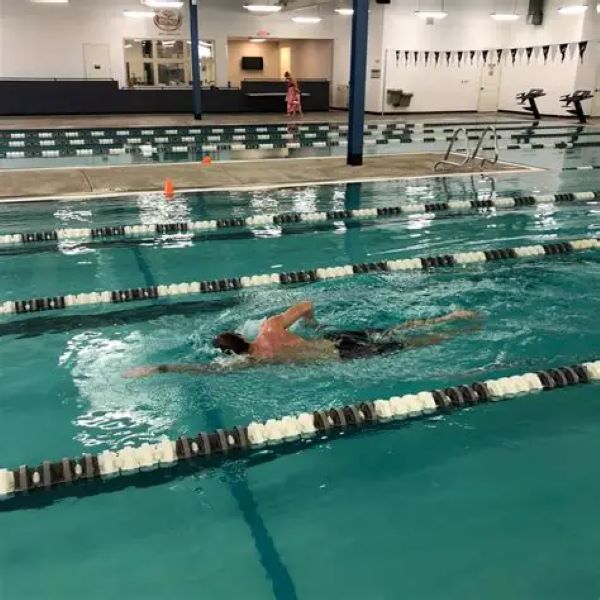 Comparing 1500 Meters to Other Common Swim Distances
Comparing 1500 Meters to Other Common Swim Distances
Putting 1500 meters in context helps gauge its difficulty. First, compare it to 100 meters. This sprint takes most swimmers 1–2 minutes. In contrast, 1500 meters can take 25–40 minutes depending on skill level.
Second, contrast it with 500 meters. That’s one-third of 1500. Many beginners start here. Reaching 500 meters builds confidence for longer efforts.
Third, look at 800 meters. It’s close to a mile in yards (1650). Swimmers often train 800 meters before attempting 1500. The extra 700 meters demand greater stamina.
Fourth, consider the 1650-yard freestyle. Often called the “mile,” it’s slightly longer than 1500 meters. In a 25-yard pool, it’s 66 lengths. This event appears in U.S. high school and college meets.
Fifth, compare stroke demands. The 1500 is almost always swum in freestyle due to efficiency. Butterfly or breaststroke over this distance is extremely rare and far more taxing.
Sixth, examine world records. Men’s 1500m freestyle stands under 14:40. Women’s is under 15:30. These times reflect peak human performance.
Seventh, think about open water equivalents. 1500 meters is a common triathlon swim leg. Conditions like waves and currents make it harder than in a pool.
Understanding these comparisons gives perspective. You see where 1500 meters fits in the spectrum of swim challenges.
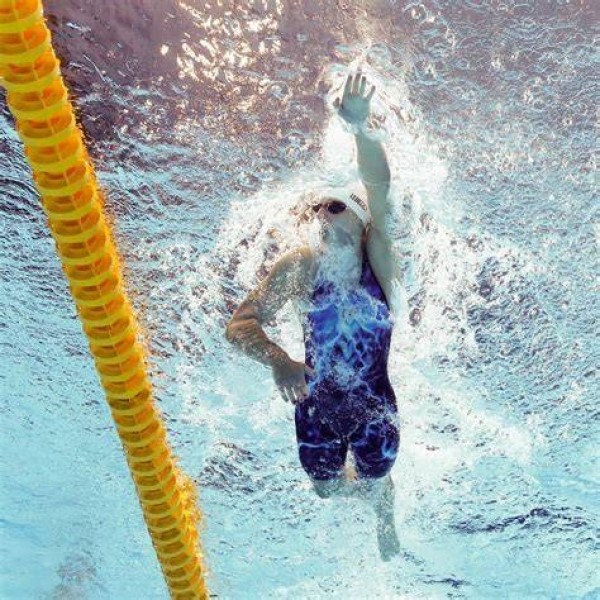 Frequently Asked Questions
Frequently Asked Questions
Q: How many laps is 1500 meters swimming in a 25-meter pool?
It’s 60 lengths. If counting laps as down and back, that’s 30 laps.Q: How many laps is 1500 meters swimming in a 50-meter pool?
It’s 30 lengths or 15 round-trip laps.
Q: What about in a 25-yard pool?
Since 1500 meters equals ~1640 yards, you’d swim 65.6 lengths. Round up to 66 lengths or 33 laps.
Q: Is 1500 meters the same as a mile?
No. A mile is 1609 meters. 1500 meters is slightly shorter.
Q: Can I use a swim watch to track my laps?
Yes. Most smartwatches detect turns and calculate distance automatically.
Q: Should I count laps in my head?
You can, but use aids like counters or poolside marks to avoid losing track.
Q: Does swimming 1500 meters burn a lot of calories?
Yes. Depending on weight and speed, it burns 300–600 calories.
Q: How long does it take to swim 1500 meters?
Beginners: 35–50 minutes. Intermediate: 25–35 minutes. Elite: under 15 minutes.
These answers clarify common concerns and help swimmers prepare accurately.
Where to Practice and Track Your 1500-Meter Swim
Finding the right place to swim 1500 meters matters. First, check local gyms. YMCA, LA Fitness, and community centers often have 25-yard or 25-meter pools. Verify hours and lane availability.
Second, visit public recreation centers. Many offer open swim times with dedicated lanes. Some provide free orientation sessions for new swimmers.
Third, join a masters swim program. These adult teams offer coached workouts. Coaches help with technique and pacing for long distances.
Fourth, use university or college pools. Some allow public access for a fee. These facilities are often well-maintained and Olympic-sized.
Fifth, look for swim clinics or workshops. They teach endurance skills and correct form. Participants often complete 1500-meter swims under supervision.
Sixth, try outdoor pools during summer. Open water isn’t ideal for precise lap counting, but controlled outdoor pools work well.
Seventh, invest in tools. Waterproof lap counters, smart goggles, or swim-specific watches help track progress. Apps like MySwimPro or Swim.com sync with devices.
Eighth, swim with a partner. Accountability increases motivation. You can also alternate counting laps to stay focused.
By choosing the right environment and tools, you create conditions for success.
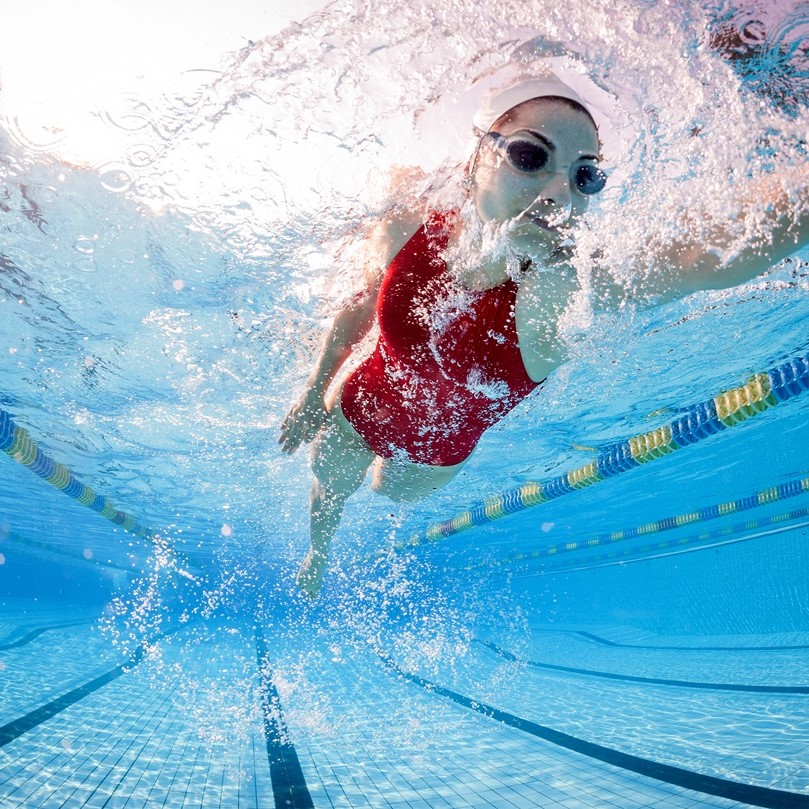 Final Thoughts
Final Thoughts
What is the difference between 1500 meters and 800 meters in swimming? Knowing how many laps is 1500 meters swimming empowers you to train smarter and achieve your goals. Whether you’re a beginner building stamina or an athlete preparing for competition, this knowledge forms the foundation of effective swim planning.
Additionally, understanding pool sizes, lap definitions, and pacing strategies removes uncertainty. You can focus on technique, endurance, and consistency without second-guessing your distance.
Therefore, use the information in this guide to plan your next swim session. Confirm your pool length, decide how you’ll count laps, and apply proper training techniques.
Ultimately, the question “how many laps is 1500 meters swimming” has a clear answer—once you know your variables. Take control of your swim journey and keep pushing forward.